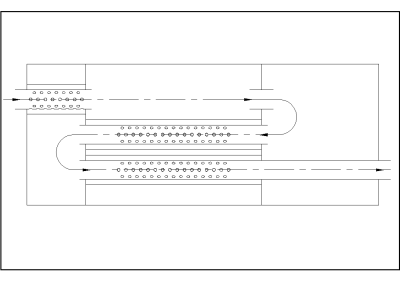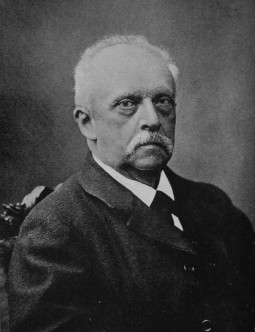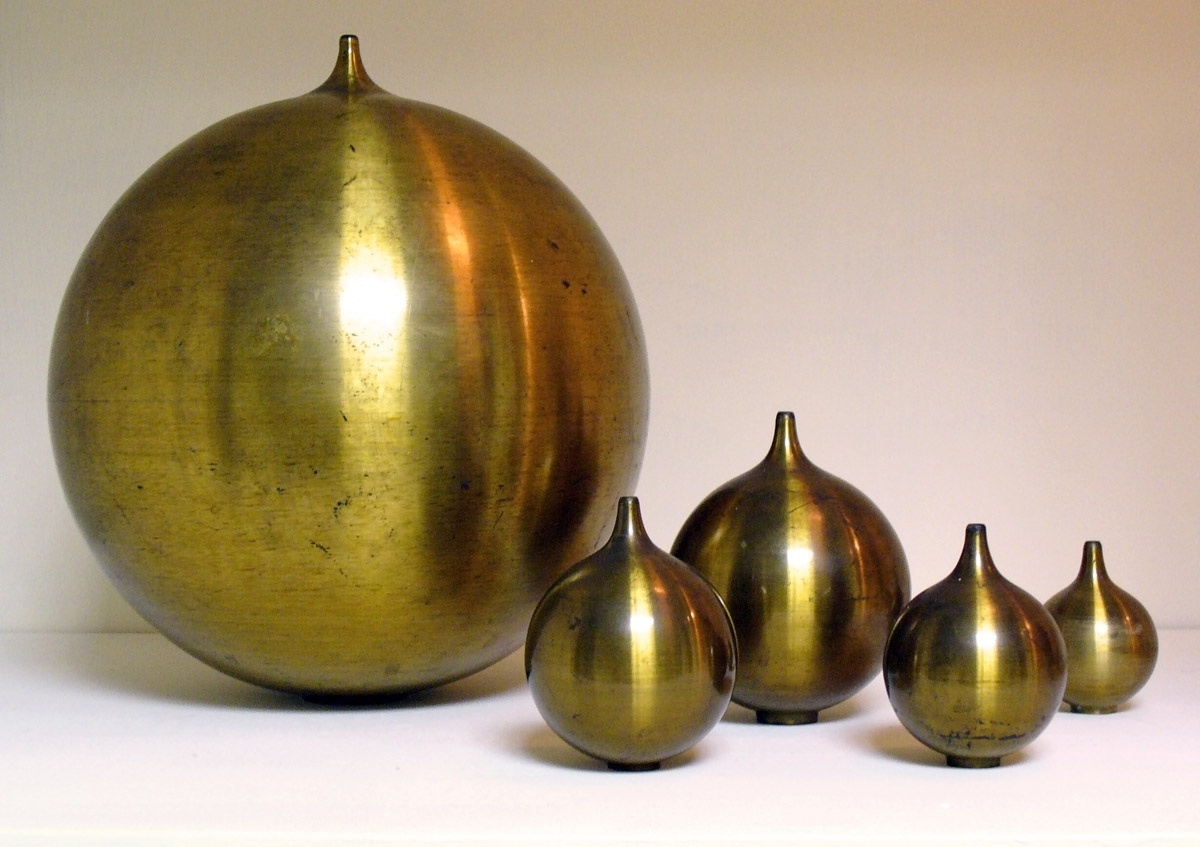
Figure 27-1: Hovercraft in a dip
Image ©2007 DiscoverHover
| NAME | DATE |
Resonance is a property of vibrations, such as sound waves, where the force driving the vibration is applied with a frequency corresponding to the vibration. This can result in small forces having large effects, either amplifying or damping the vibration. Think of a hovercraft sitting in a dip in smooth ground as pictured in Figure 27-1:

Figure 27-1: Hovercraft in a dip
Image ©2007 DiscoverHover
This theoretical hovercraft lacks the thrust to fly out of the dip, but by timing the thrust properly it can make its way out. First, the hovercraft will fly up the side as far as it can, then cut the thrust while maintaining cushion so that it slides backward down the slope and back up the other side. Gravity then pulls it back down and it will exhibit simple harmonic motion around the center of the dip. Resonance can be used to accelerate this process. If the craft applies thrust to accelerate along with its forward motion, it will increase the amplitude of the oscillation. Turning off the thrust while the craft moves backward will prevent the thrust from undoing the effect it had while moving forward. Eventually, the amplitude will increase enough to put the craft over the edge.
A famous example of resonance is the Bay of Fundy, where the time it takes the rising tide to travel the length of the bay is the same as the time between high tides. The effect of this is that each tide adds to the next one, so the tides increase in magnitude until the energy lost from other effects is equal to that gained from the resonance effect, causing the Bay of Fundy to have the highest tides in the world, up to 17 m [55.77 ft] difference between high and low tide. Another ancient example is soldiers marching in step across a bridge. To prevent the bridge from resonating and possibly collapsing, they march out of step.
Resonance works by adding input to the amplitude, and is known as positive feedback. The opposite effect, where the force counters the oscillation, is negative feedback, or damping. Damping is important to hovercraft and other motorized machines because it forms a basis for muffler design.
When an explosion occurs inside an engine, it sends loud noise down the exhaust pipe. The frequency of this noise is some multiple of the engine speed.

Figure 27-2: Diagram of a muffler
Image ©2007 DiscoverHover
Figure 27-2 shows the inside of a well-designed and developed muffler. The parallel pipes are laced with holes to let sound escape sideways. The spacing of the pipes is determined so that the waves of different frequencies from each pipe interfere with those from the adjacent pipes and cancel each other. The cavity at the end is a Helmholtz Resonator, and was named after Hermann von Helmholtz, a German scientist and physician.
Hermann von Helmholtz
1821 – 1894

Helmholtz worked in a variety of scientific fields, including electromagnetism, thermodynamics, opthalmology, and aesthetics. As part of his research into the physiology of perception, he developed the Helmholtz Resonator to isolate and amplify specific frequencies in sounds. The resonator consists of an enclosed volume with a narrow neck, also known as a port. The mass of air inside acts like a spring, compressing when the pressure outside is greater than that inside, and expanding when the reverse is true.
An everyday example of a Helmholtz Resonator is a bottle with the top open. When air passes across the top, as when someone blows on it, some of the air is forced into the neck. This compresses the air inside until the pressure exceeds that of the incoming air stream. Air exits due to the pressure difference. The expansion decreases the pressure in the bottle, setting up an oscillation in the air, otherwise known as sound. The friction between the air and the vessel damps the vibration, which is why it only lasts as long as the air flows in to power it. When a sound reaches a Helmholtz Resonator, it sets up an oscillation in the resonator. In each cycle, the friction between the air and the neck of the resonator takes energy away from the sound wave. The particular frequency to which the resonator is tuned causes the most response in the resonator, so it experiences the greatest losses. By this mechanism, Helmholtz Resonators can drastically cut down sound levels at chosen frequencies. This is applied in mufflers on engines to eliminate unwanted pitches from the sound and to decrease the overall noise level.

Figure 27-3: Helmholtz Resonators
Image courtesy http://www.phys.cwru.edu/ccpi/Helmholtz_resonator.html
The frequency f at which a Helmholtz resonator operates is based on the volume of the body and the dimensions of the neck:
f = v⁄(2 × π) × √(A ⁄ (V × L))
Frequency = Speed of sound⁄(2 × π) × √(Neck area ⁄ (Body volume × neck length))
From this formula, you can see that a large body or a long, narrow neck makes a resonator that catches a lower frequency than one with a smaller volume and shorter, wider neck. The air in the body acts like a spring, with a spring constant inversely proportional to the volume, and the air in the neck acts like an oscillating mass proportional to the length and narrowness of the neck. A standard Helmholtz resonator will eliminate almost all noise of a very specific frequency and very little around it. By putting sound-absorbing material or angular shapes inside the body, the behavior of the resonator can be changed to eliminate sound over a wider band of frequencies.
Quiz Question:
| ©2007 World Hovercraft Organization All rights reserved. Copies of this Curriculum Guide may be printed for classroom use exclusively by DiscoverHover registered members. This Curriculum Guide and all materials contained in the DiscoverHover web site are protected by copyright laws and may not be reproduced, republished, distributed, or displayed on any other web site without the express prior written permission of the World Hovercraft Organization. |